India will be celebrating its 75th Republic Day on January 26, 2024. The 2024 Republic Day theme is “India Mother of Democracy” and “viksit Bharat” (Developed India). Republic Day marks the occasion when the Constitution of India came into effect on January 26, 1950, replacing the Government of India Act (1935) as the governing document of India. The Indian National Congress announced Purna Swaraj (full independence) on January 26, 1930, in opposition to the British government’s dominion status in the country. This is why January 26 was chosen for the implementation of the Constitution.
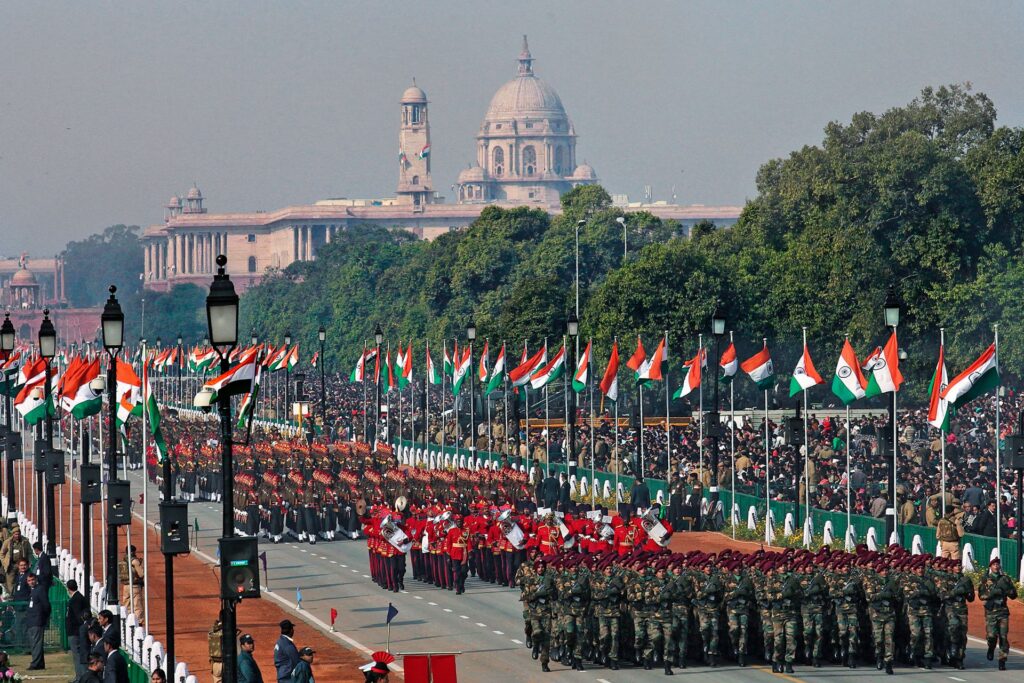
Also Read, India’s Republic Day: History And Celebrations
How Is Republic Day Celebrated?
Republic Day is celebrated across India with a lot of excitement. At Kartavya Marg (formerly known as Rajpath) in the country’s national capital – New Delhi, magnificent parades by regiments of the Indian Army, Navy, Air Force, police, and paramilitary forces are held. There is also a display of India’s Defence prowess with latest missiles, aircrafts, and weapon systems. Beautiful tableaus, representing the beauty of all the states of India are also showcased during the parade. There are also skyshows by the Air Force.


Some Fun Facts About Republic Day Celebrations
The first Republic day parade was held in 1950. It took place at the Irwin Amphitheater (now Major Dhyan Chand National Stadium). Three thousand Indian military personnel and over 100 aircrafts participated in the first parade. Indonesian President Sukarno was the chief guest of India’s first Republic Day parade.

From 1950 to 1954, the Republic Day Parade was held at Irwin Stadium (now known as Major Dhyan Chand National Stadium), Kingsway (now known as Kartavya Marg), Red Fort, and Ramleela Maidan.
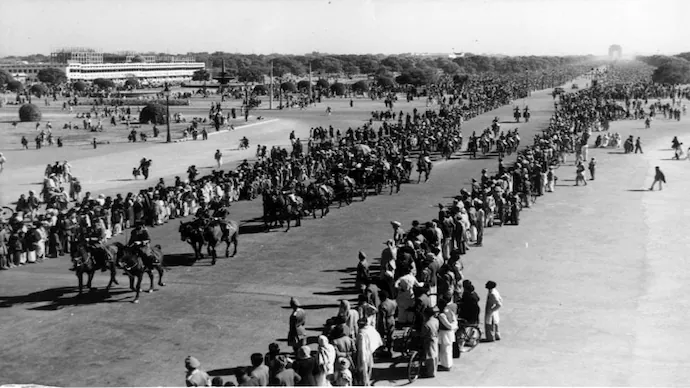
The first Republic Day parade at Rajpath (now known as Kartavya Marg) was organised in 1955. Pakistan’s then Governor General Malik Ghulam Muhammad attended the event as chief guest. It was the first of the only two times that a Pakistani leader was given the honour.

The Republic Day parade starts after the arrival of the President of India. The President’s cavalier bodyguards salute the National Flag first.

The Republic Day parade starts from the Rashtrapati Bhavan (which is the home of the President) and moves on to India Gate.
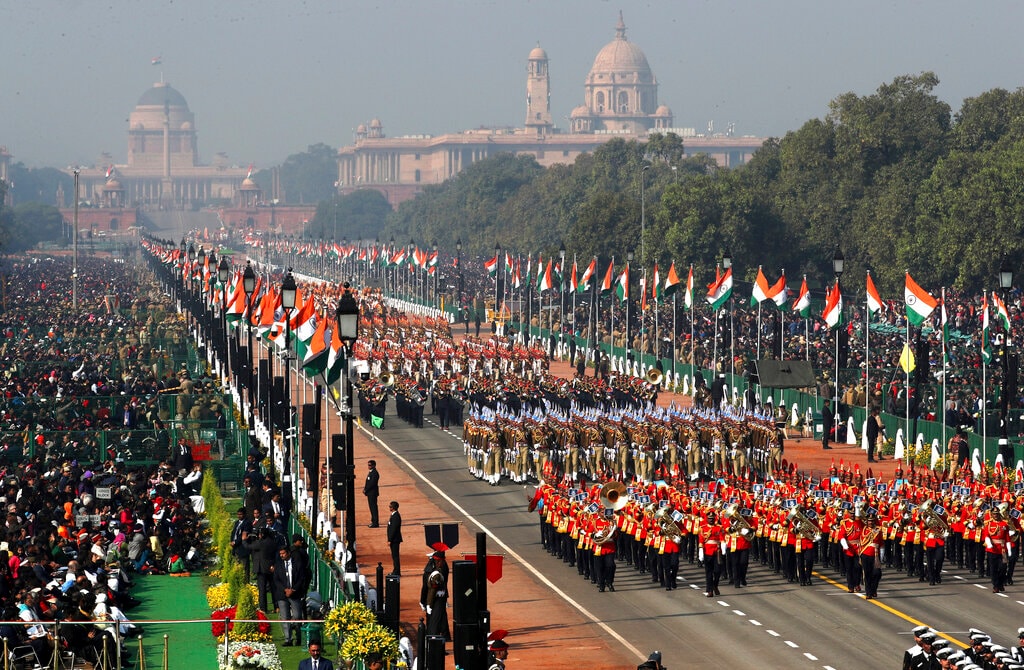
21 gun salutes are given every year when the President of India hoists the national flag on Republic Day at India Gate. Dr. Rajendra Prasad was the first President to hoist the flag.
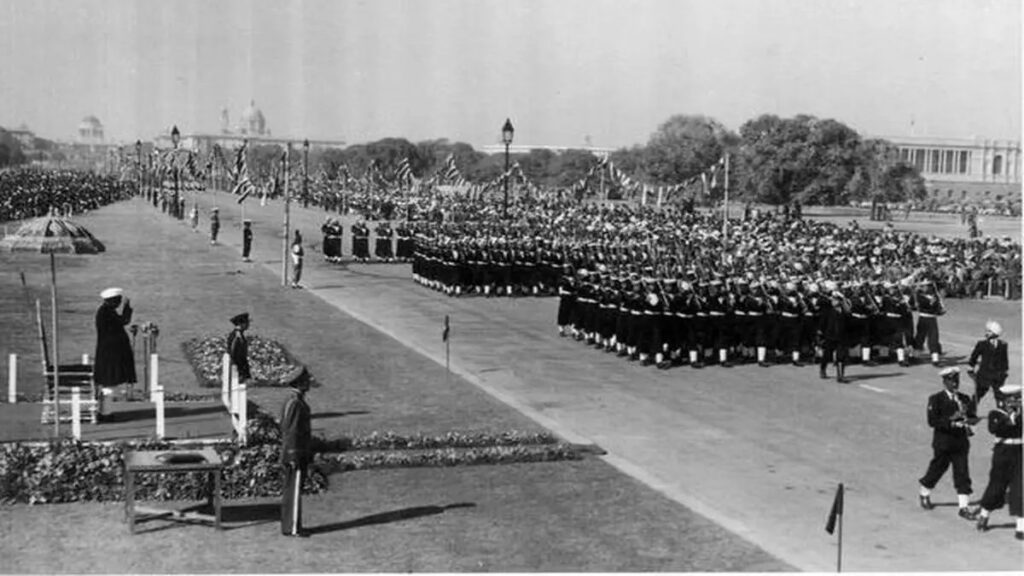
On Republic Day, bravery awards are also given to deserving candidates. Bravery awards including the Veer Chakra, Maha Veer Chakra, Param Veer Chakra, Kirti Chakra, and Ashoka Chakra are given during the celebrations.

Every year the preparations for the parade begin in July of the previous year!
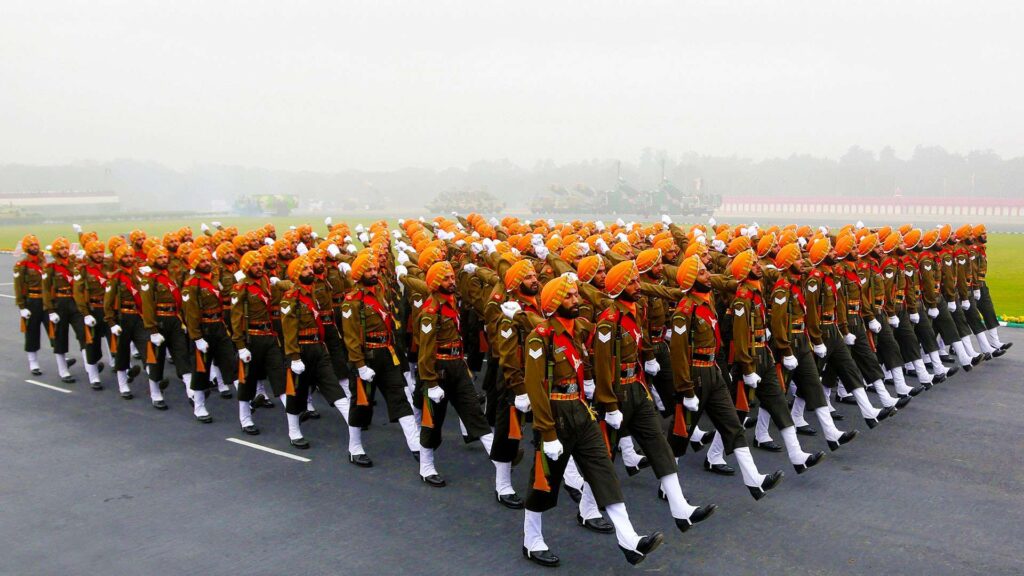
This year’s Republic Day parade will feature two all-women contingents from the Defence forces marching. The Defence officials have said that “One contingent, consisting of 144 personnel, will comprise all women soldiers, with 60 from the Army and the remainder from the Indian Air Force and Indian Navy”.
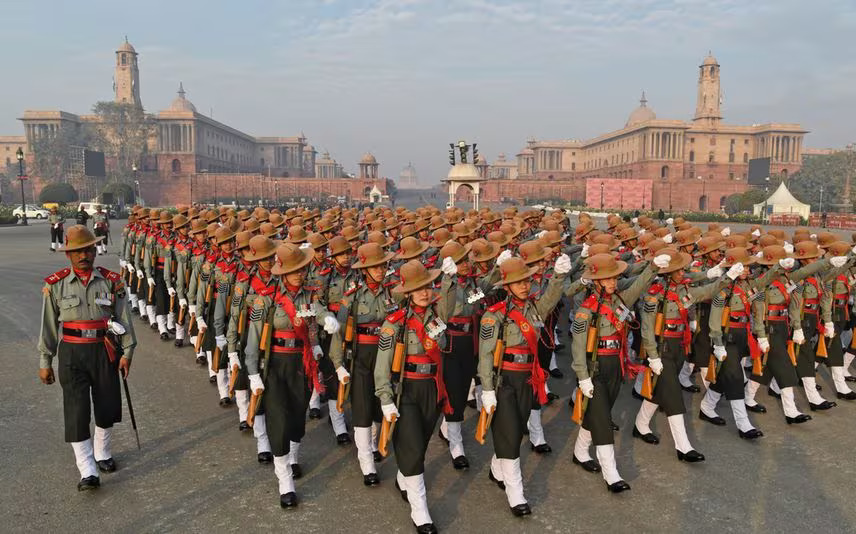

Did You Know?
The Beating Retreat ceremony has its roots in an old custom from the 1600s. It is held annually on January 29 at Vijay Chowk in New Delhi. The custom of announcing the troops’ homecoming dates back to King James Il, who gave the command for his soldiers to beat drums, lower flags, and stage a parade to mark the conclusion of a battle day.
Watch Full Video On, History And Celebrations of India’s Republic Day | Facts About Republic Day




















